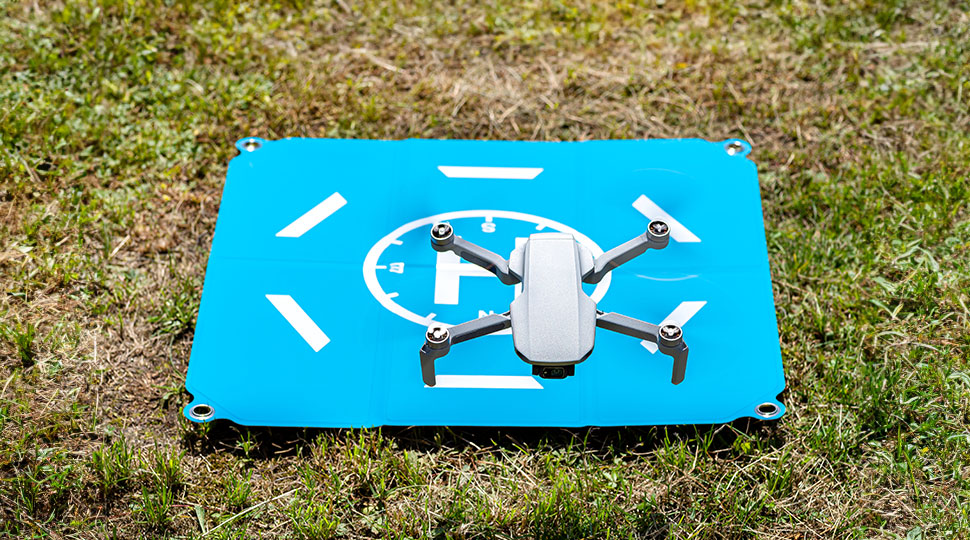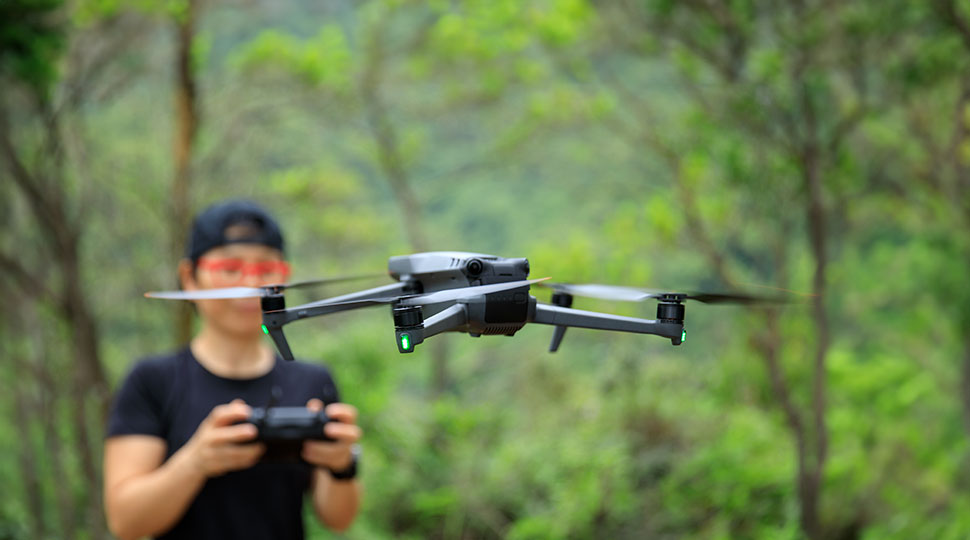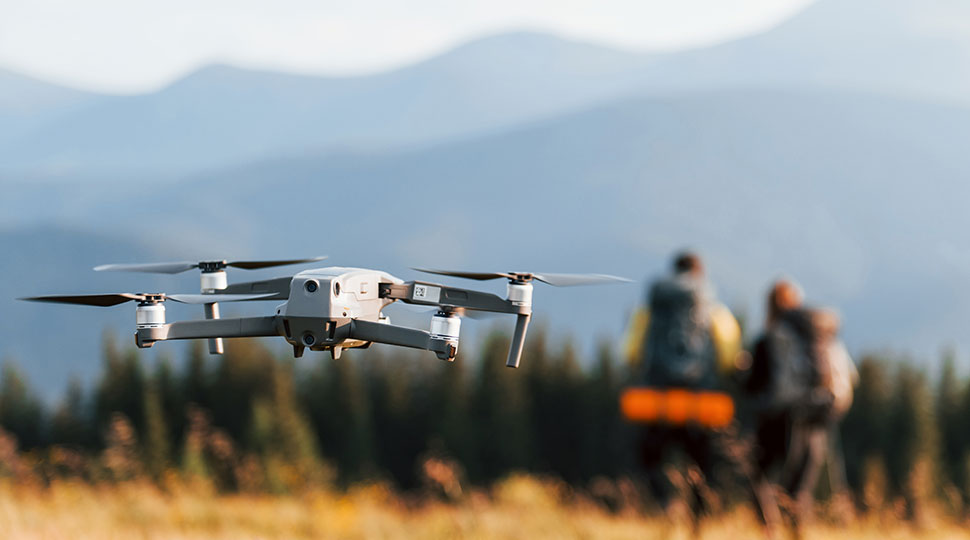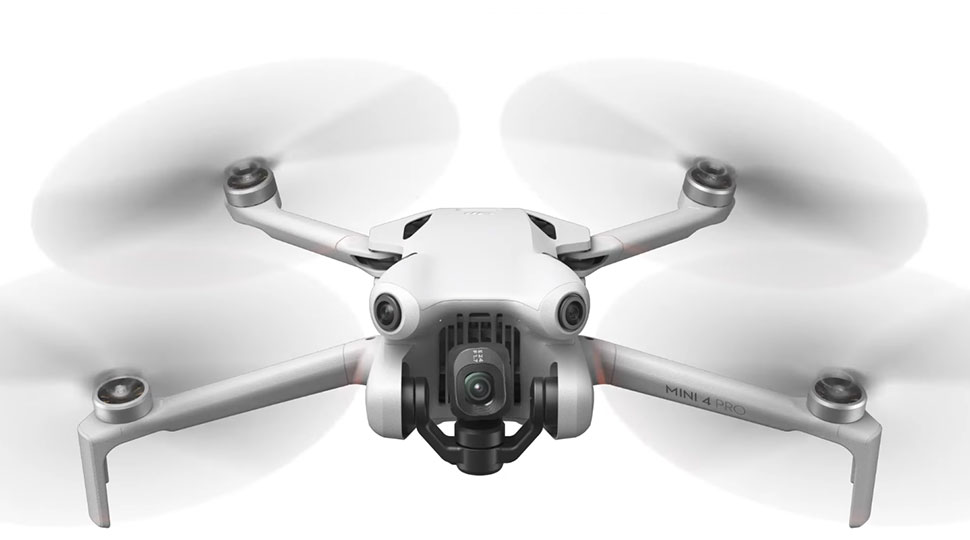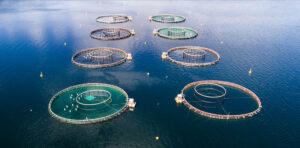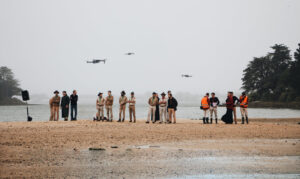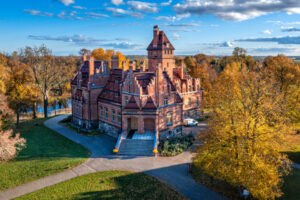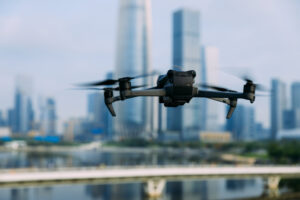In recent years, drone photography has become increasingly popular among both professional and hobby photographers, with a stronger interest in camera quality. These unmanned aerial vehicles offer a unique perspective, allowing photographers to capture stunning aerial images and videos. One of the critical factors to consider when purchasing a drone for photography is its camera quality.
It is essential to understand how camera quality can impact the overall quality of your drone photography.
In this article, we will discuss the factors you should consider when purchasing a drone with camera quality in mind, the benefits of investing in higher-quality cameras for drones, and how you can enhance your flight experience through live feeds.
Get the latest articles in your inbox fresh and ready to read …
Get the New To Drones "All Access Pass"
All Access Pass members enjoy unlimited access to entire articles – 100% FREE
By signing up you agree to our Terms of Service and Privacy Policy. You also agree to receive our newsletters (you can easily and quickly opt-out at any time).
You will receive free access to all of our articles while you are a member of the site.
Factors to Consider When Buying a Drone with Camera Quality in Mind
When purchasing a drone for photography, there are several factors you should consider, such as resolution and sensor size, image stabilization, autofocus features, and video recording capabilities. These factors can greatly affect the outcome of your drone photography and the overall enjoyment of your flying experience.
Understanding each element and how it contributes to overall quality and performance will help you make an informed decision when choosing a drone.
Resolution and Sensor Size
The resolution of your drone’s camera is a crucial factor in determining the quality of your drone photography. Higher resolution cameras produce sharper images with more detail, allowing you to capture the intricacies of your subjects and the surrounding environment. Most drones have cameras with a resolution ranging from 12 to 20 megapixels. The higher the resolution, the better the image quality. Higher resolution cameras also deliver better results when cropping images, ensuring your compositions remain clear and visually appealing.
Another essential factor to consider is the camera’s sensor size. Larger sensors can capture more light, resulting in better low-light performance and increased dynamic range. This is particularly important for capturing images during sunrise, sunset, or other low-light conditions. For optimal image quality, look for a drone with a 1-inch sensor or larger. Additionally, larger sensor sizes assist in reducing image noise, especially at higher ISO settings – a commonly used feature for many aerial photographers.
Image Stabilization and Autofocus Features
Image stabilization is a critical feature for drone photography, as it helps to ensure that your images and videos are clear and free from unwanted motion blur. A 3-axis gimbal is the most common type of stabilization system found in drone cameras. This system works by counterbalancing the camera’s movements to keep it level and stable, despite the drone’s movements. A stable camera allows for longer exposure times, providing sharper images with less noise, as well as steadier video footage even in windy conditions.
Some drones also feature electronic image stabilization, which processes the captured image or video digitally to reduce blur and unwanted camera movements. However, it is essential to note that electronic stabilization may result in reduced image quality. Ideally, a combination of a mechanical gimbal and electronic stabilization provides the best results.
Autofocus features are also essential in drone photography, as they enable the camera to quickly and accurately focus on subjects to create clear, sharp images. Look for drones with autofocus capabilities such as phase detection or contrast detection to ensure the best possible image quality. These advanced autofocus technologies help maintain focus on moving subjects, track subjects throughout the frame, and enable smoother transitions in focus while capturing video.
Some drones offer subject tracking and intelligent flight modes that automatically focus on a selected subject and keep it in the frame, allowing you to capture dynamic and engaging footage with ease.
Video Recording Capabilities
If you plan on capturing videos with your drone, it is essential to consider its video recording capabilities. 4K video resolution is becoming increasingly popular, offering four times the resolution of 1080p HD. Choosing a drone with 4K video capabilities can significantly improve the quality of your video footage and drone photography. The increased resolution allows for more flexibility in post-production editing, such as cropping or image stabilization without noticeable loss in quality.
Additionally, consider the drone’s bit rate, which measures the amount of data the camera captures per second of video. Higher bit rates generally result in better video quality with more detail and less compression artifacts.
Some drones also offer high frame rates for slow-motion video capture, allowing you to create visually stunning and creative footage. If this is a feature you’re interested in, be sure to choose a drone that supports it. Typical high frame rates include 60fps, 120fps, and 240 fps at specific resolutions. Drones that provide log or flat color profiles are particularly useful for videographers who plan to color grade their footage during post-processing, as these profiles capture a higher dynamic range and allow for more creative freedom.
Benefits of Investing in Higher Quality Cameras for Drones
Investing in a drone with a high-quality camera comes with several benefits, including capturing high-quality photos and videos, as well as experiencing enhanced live feeds during flight. These factors contribute to more professional and visually stunning end products and create a more enjoyable flying experience, ultimately making your investment worthwhile.
Capturing High-Quality Drone Photography and Videos
A drone with a higher-quality camera will produce clearer, more detailed images and videos. This can make a significant difference when it comes to capturing breathtaking aerial shots and professional-grade footage.
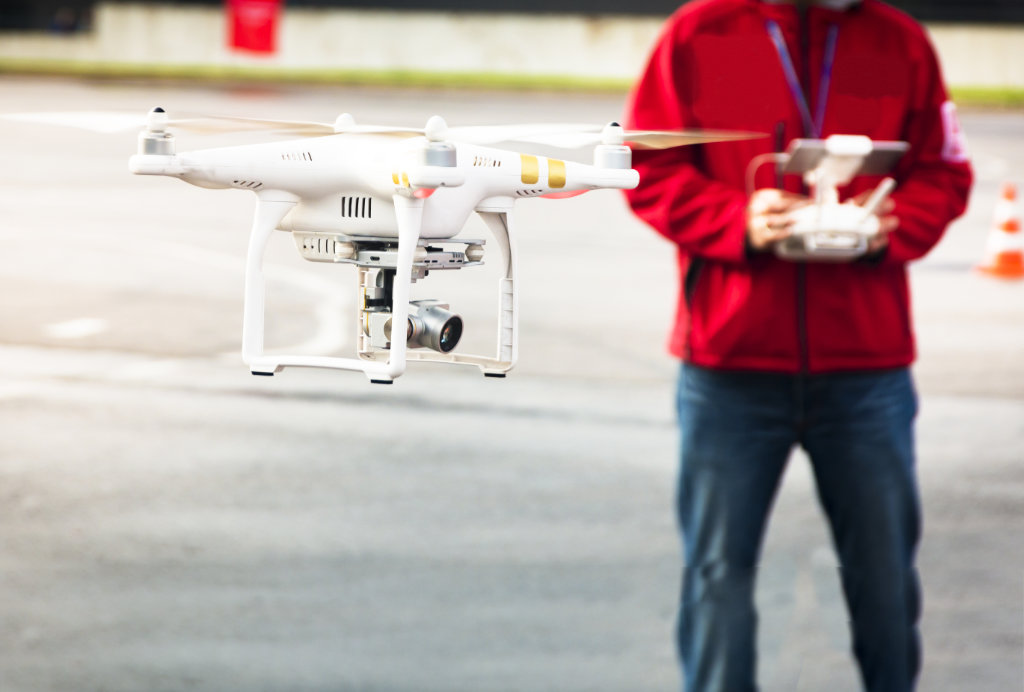
Additionally, high-quality cameras tend to have more advanced features, such as RAW image capturing capabilities, which allows for further image editing and ensures the highest possible quality of the final result.
High-quality cameras also tend to perform better in low-light situations, ensuring that you capture sharp and vivid images even in challenging lighting conditions. This is particularly useful for photographers looking to document the golden hours of sunrise or sunset, when the most dramatic light and shadows are present.
A larger dynamic range, typically found in higher-quality cameras, allows you to capture a greater range of colors and tones in your images. A wider dynamic range results in a more balanced exposure, as it preserves details in both the shadows and highlights. This is essential for aerial photography, where the contrast between land and sky can be quite significant.
Enhanced Flight Experience Through Live Feeds
Many drones include a live video feed feature, which allows pilots to view their camera’s footage in real-time while flying. This can be an excellent tool for composing your shots and ensuring that you’re capturing the exact images you have in mind. Higher quality cameras often provide a smoother, more detailed live feed, which can greatly enhance your overall flying experience.
A clear and stable live feed is particularly beneficial for manual focus adjustments while flying, allowing you to see changes in real-time and achieve precise focus on your desired subject. This feature also helps to generate accurate exposure adjustments, enabling you to make informed decisions when aiming for a specific aesthetic in your images or videos.
The improved live feed quality also assists with piloting, as you can have better situational awareness of your surroundings and potential obstacles. This is especially important if your drone has a limited range of vision due to its size or design, as a clear live feed can help to extend your perspective and allow you to make safer flying decisions.
Higher-quality cameras in drones also tend to support better transmission distances and signal strengths for live feeds. This ensures more consistent and reliable visual information throughout your flight, even over longer ranges and around potential signal interference.
Cleared for Takeoff
Investing in a drone with a high-quality camera is essential for capturing stunning aerial images and videos. When choosing a drone, consider factors such as resolution and sensor size, image stabilization and autofocus features, and video recording capabilities.
With the right drone and camera quality, you can elevate your drone photography skills and experience the joy of capturing breathtaking aerial shots.

